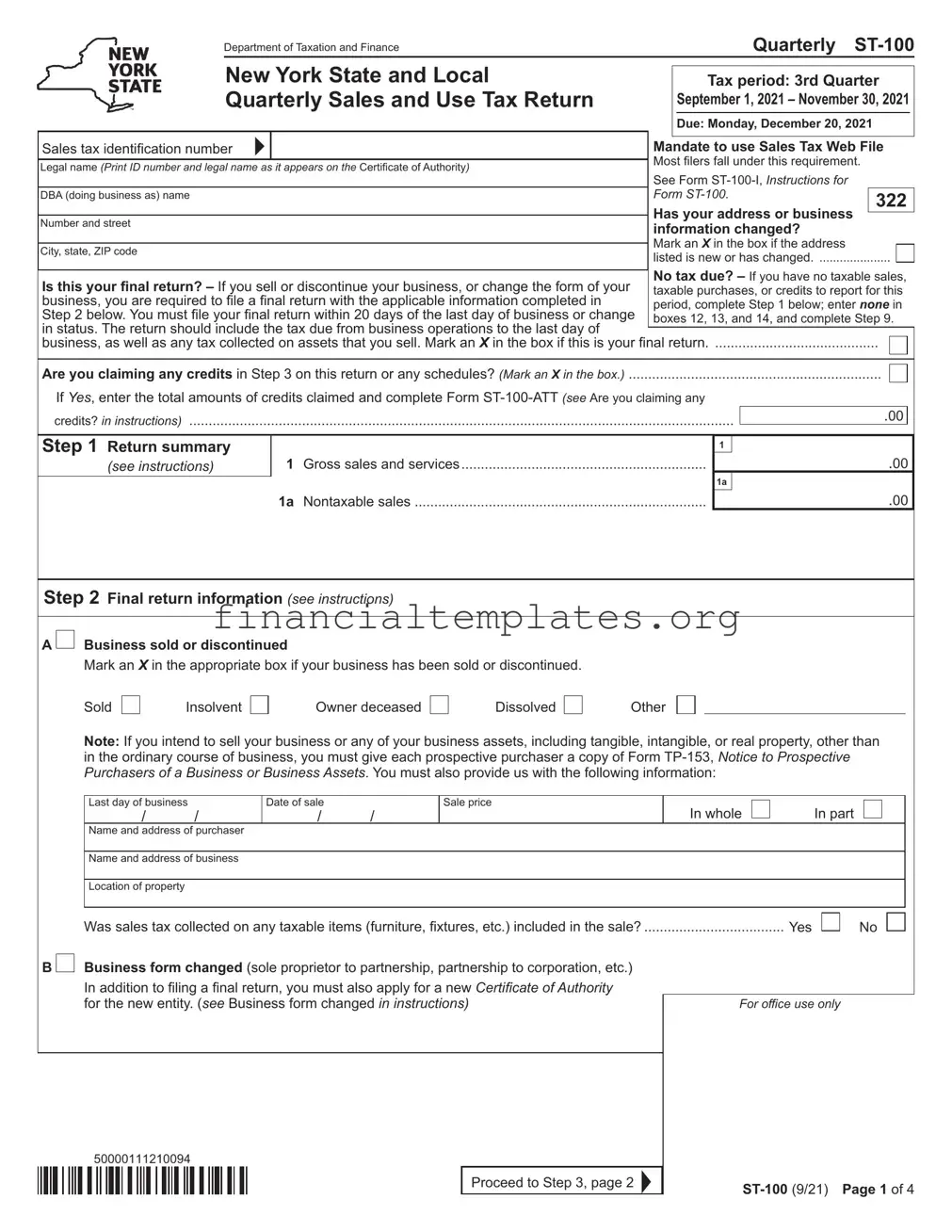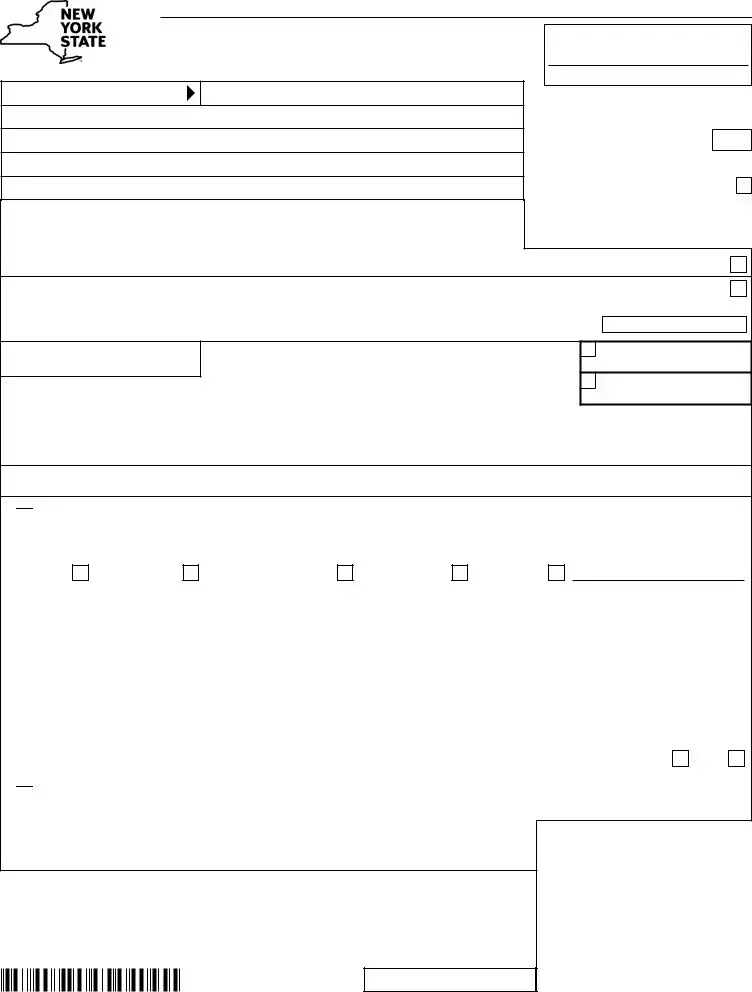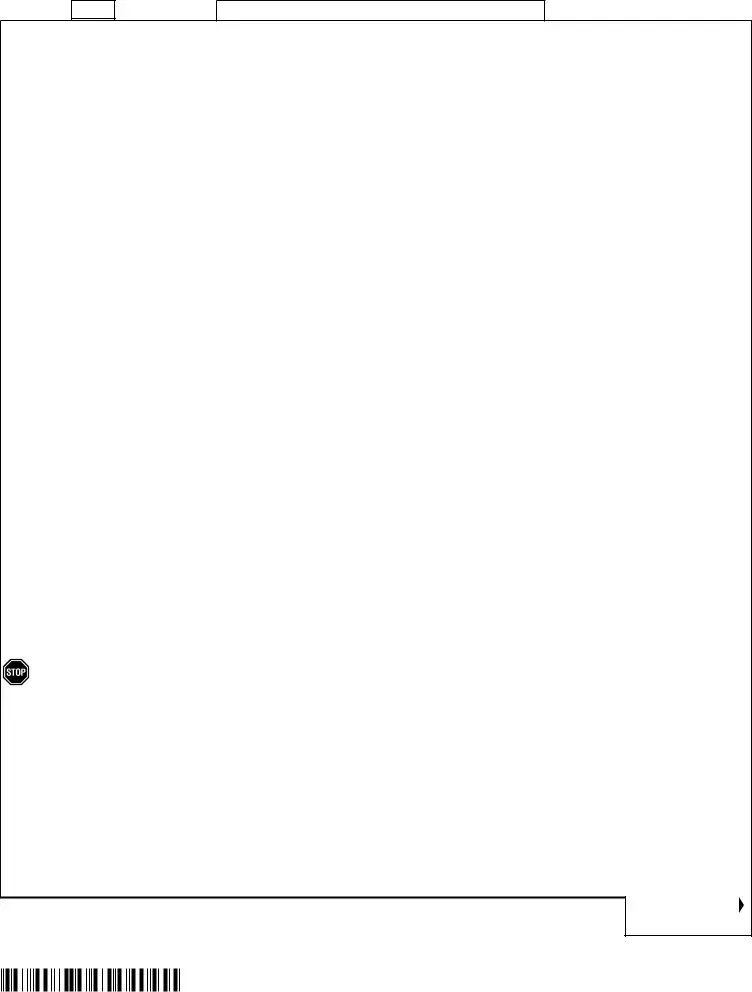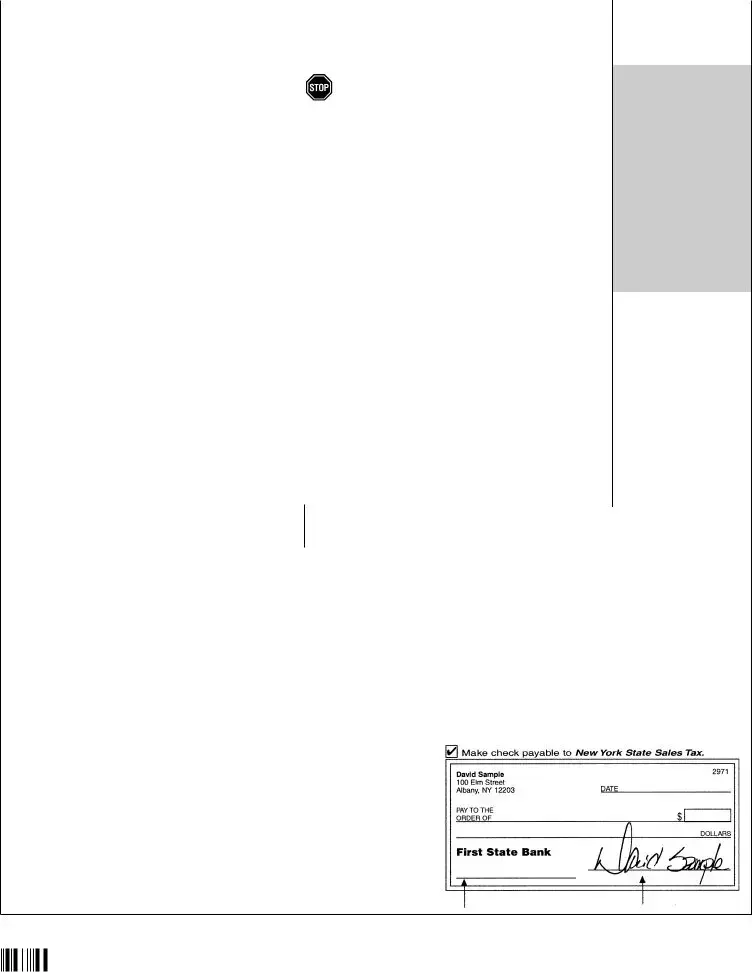The IRS Form 941, Employer's Quarterly Federal Tax Return, is quite similar to the Tax St 100 form. Both forms are used to report quarterly tax information, although the 941 form pertains to federal tax liabilities for employers, including withheld income taxes, Social Security, and Medicare taxes, while the ST-100 is specific to sales and use tax in New York. Each serves a critical role in helping businesses comply with tax obligations on a quarterly basis.
The Form W-2, Wage and Tax Statement, also bears resemblance to the Tax St 100 form. While the W-2 is an annual report detailing the amount of wages paid and taxes withheld for each employee, the ST-100 involves quarterly reporting of sales and use tax. Both are crucial for tax reporting purposes: the W-2 for personal income taxation and the ST-100 for sales and use tax compliance by businesses operating in New York State.
Form 1099, particularly the 1099-MISC, is another document similar to the Tax St 100 form in that it is used for reporting specific types of payments, but unlike the ST-100's focus on sales and use tax, the 1099 series reports payments like rents, royalties, and non-employee compensation. Each form plays a vital role in the broader tax ecosystem by ensuring comprehensive reporting of financial transactions relevant to taxation.
The State Unemployment Tax Act (SUTA) filings share a commonality with the Tax St 100 form. Both involve periodic reporting to taxation authorities—SUTA on a quarterly basis for unemployment taxes by employers, and the ST-100 for sales and use taxes. SUTA filings contribute to state unemployment insurance funds, paralleling how sales and use taxes support state and local budgets.
The Schedule C (Form 1040), Profit or Loss From Business, is used by sole proprietors to report annual earnings and expenses from their business operations, akin to how businesses report quarterly sales and use taxes through the ST-100 form. Both documents are essential for tax calculations, with Schedule C affecting individual income tax obligations and ST-100 affecting business taxation at the state and local level.
The Business Property Tax statement, similar to various state forms that businesses use to declare personal property for tax purposes, shares its purpose with the ST-100 in the sense that both involve the reporting of values that lead to tax liabilities. Whereas the Business Property Tax statement focuses on the valuation of business-owned personal property, the ST-100 concentrates on transactions subject to sales and use tax.
Lastly, the Excise Tax Returns, which are filed for specific types of business activities or products, bear resemblance to the ST-100 form in their targeted approach to taxation. While excise taxes might apply to specific goods like alcohol, tobacco, or fuel, the ST-100 encompasses a broad array of goods and services subject to sales and use taxes in New York State.



 Business sold or discontinued
Business sold or discontinued



